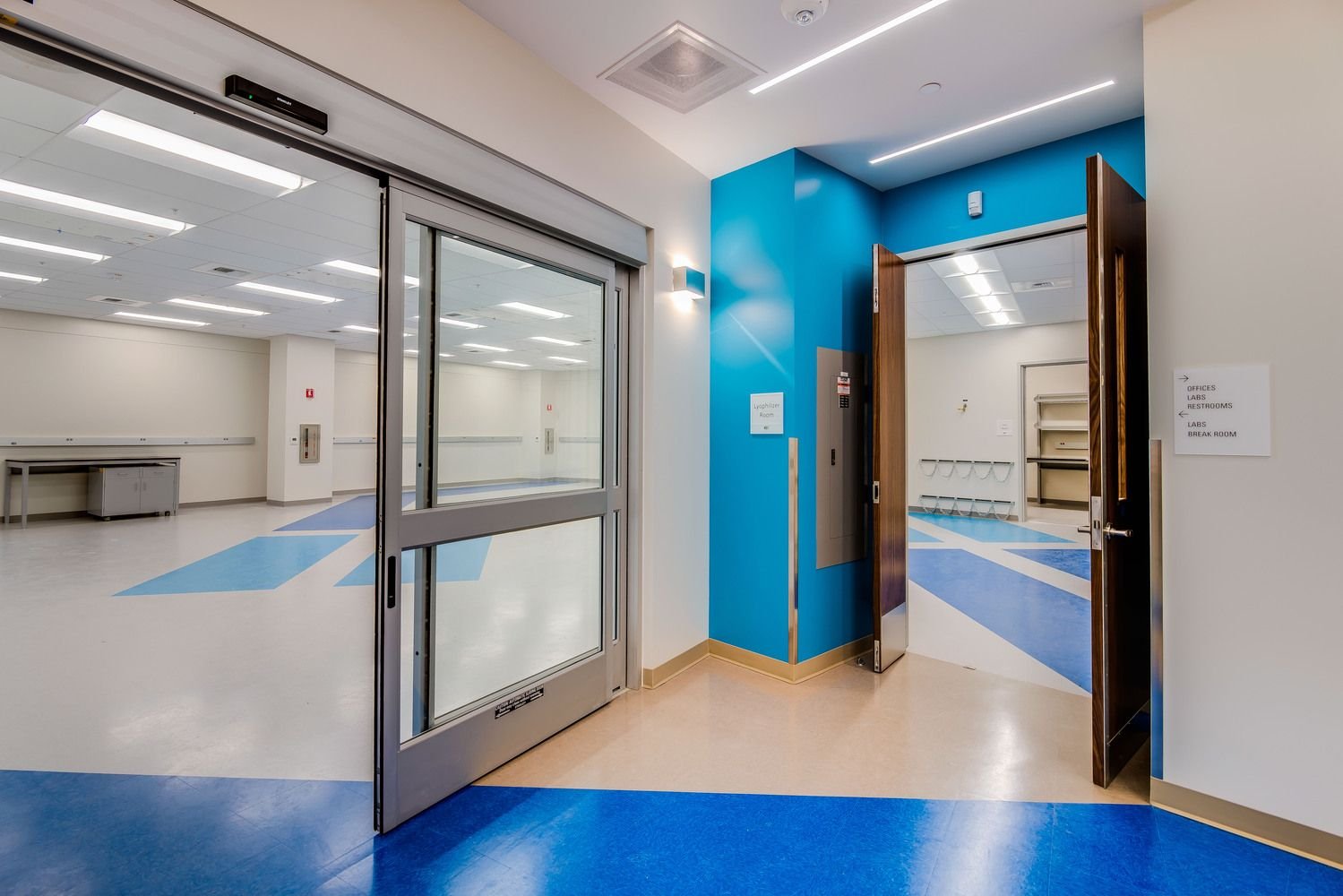[ad_1]
Lighting is the primary supply of constructing power utilization. Requirements for power regulation information constructing improvement improvements throughout the U.S. and the world. Nationwide requirements such because the IECC and ASHRAE help states in publishing their very own power codes. California’s ownTitle 24 is strict but efficient in attaining power reductions. The 2025 updates to Title 24 will embody requirements to align higher with ASHRAE and IECC.
California Title 24 updates
We spoke with Charles Knuffke, Techniques VP at Wattstopper, for a breakdown of upcoming adjustments to Title 24 power rules, in addition to the developments of nationwide power rules as an entire. Charles explains that a lot of the 2025 updates to Title 24 are embellishments of the present language used within the code. Whereas this may occasionally not appear vital, many areas of the code have been obscure. This 12 months, the California Lighting Know-how Heart (CLTC) printed an initiative to deal with code clarification and power updates. The efforts goal to make the code extra comprehensible for individuals.[1]
The California Power Fee performs bi-annual research and publishes the feedback. This enables the general public to contribute to the discourse for updates and new power laws. The research relating to the power code are funded by utility firms.
Updates to lighting management techniques
Charles explains one main Title 24 replace for 2025 addresses non-residential areas that require switches or dimmers. Non-residential areas that require handbook switches and dimmers, equivalent to a hospital, will now enable these controls to be underneath lock and key. Whereas this lock and key requirement is new, it means extra safety to forestall public tampering with lighting techniques.

The extra safety means much less restriction on management placement, permitting for extra flexibility, comfort and security for non-residential handbook lighting management design. Designers can place these controls in distant areas so long as a pilot mild or comparable mechanism is used to indicate the standing of the sunshine system.
One other notable change to Title 24 addresses daylighting. Daylight zones for areas bigger than 250 sq ft should now be established and clearly specified by architectural plans. Moreover, computerized daylight controls that have been beforehand required for areas utilizing 120 watts or extra in a zone now apply to areas utilizing 75 watts or extra, matching the prevailing ASHRAE requirement.
Further lighting and energy code updates
Energy density addresses the ability allowed in sure areas. For lighting, these energy restrictions have typically turn into extra stringent as expertise has improved. Persevering with this pattern, consultants anticipate an analogous discount of round 5 % in lighting energy density for sure area varieties in 2025.
Demand response, which regulates the quantity of power used throughout high-demand instances of the day, shall be up to date within the 2025 version of Title 24.
“Now, the code would require new buildings to incorporate plug hundreds as to be a part of their demand response. These necessities shall be tailor-made to particular person areas now, and never simply total buildings.”
Charles Knuffke
The larger image for power rules and the long run
Knuffke, as an skilled in these lighting and electrical rules, states that “The California code is written the perfect and is most readable. California was additionally the primary to control obligatory dimming. Title 24’s code relating to occupancy sensors is easy and particular. ASHRAE is extra difficult, however the efforts behind these totally different code requirements are to harmonize with each other. ASHRAE was the primary to incorporate plug hundreds of their rules, however many locations didn’t implement it. Nonetheless, California enforced plug load necessities. The IECC commonplace doesn’t have plug load in its code however could embody it sooner or later.”

With the long run in thoughts, Charles would love the code to solely require applied sciences which might be truly available, which has not at all times been the case. He additionally expressed that “rules ought to transfer the needle. The code shouldn’t be overly particular, such code that solely applies to very particular kinds of constructing varieties. This makes it much less helpful and harder to use.”
He would additionally just like the power guidelines to pay for themselves, because the payback for investing in these applied sciences ought to be evident. Knuffke provides an instance, wanting “clearer and logical necessities for photovoltaic and battery storage, which the CEC presently requires an excessive amount of situational specificity.”
The brand new updates for putting lighting management techniques in non-residential buildings allow designers the pliability to position these controls at areas which might be simpler to make use of and likewise simpler to design with. The updates to demand response by area kind additionally enable designers and engineers extra flexibility in how they need to issue demand response calculations.
Updates to the language of the Title 24 code will undoubtedly make issues simpler for designers and engineers. Fortunately, the adjustments to the code shouldn’t be too difficult and far-reaching to know. Bringing individuals into the general public discourse on power rules will proceed to be essential for creating an progressive, balanced and comprehensible power code.
Sources:
[1] 2025 Title 24 Lighting Language Cleanup Initiative, 2023. California Power Fee.
Charles Knuffke
Techniques VP & Evangelist, Wattstopper
Legrand, North and Central America
Source link

